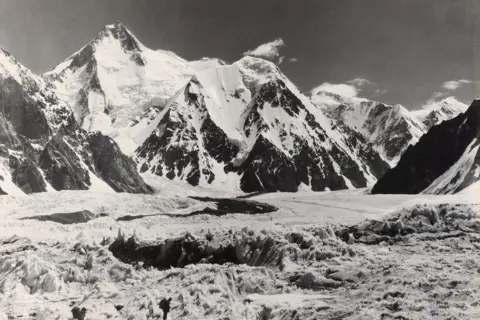 Day
DayVittorio Chella was a pioneer Italian photographer, designed both mountain photo and mountaineering history at the beginning of the 20th century.
His rare images of the Himalayas are the best of the conquered.
A new show in the Indian capital, Delhi, is called Vittorio Chella: the photographer in the Himalayas is surviving the breathless luxury of the Himalayas through his lens.
The event, organized by the famous British Explorer and writer Haq Thompson and organized by Delhi Art Gallery (DAG), is one of the largest collections of Selva’s Indian scenes.
It contains the world’s third highest mountain, the earliest high -end photos of Kanjenjunga and the second most mountain of K2, the most captured in the world, a century ago.
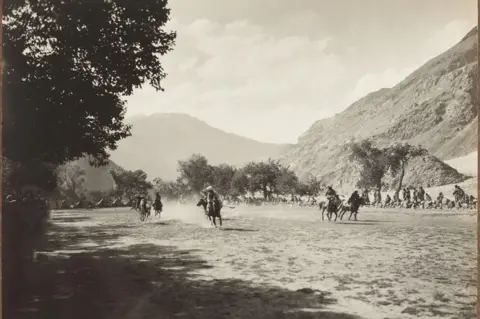 Day
DayBorn Chella (1859-1943) in a city known for its wool business in northern Italy, he created his first ascens at an alps nearby.
“The whole of his life used his skills in Chellai engineering and chemistry, and the wool mills and his father taught him,” says Thompson.
In his twenties, he mastered complex photo techniques, such as the Golodian process, and helped him to create large -shaped glass plates in a severe situation.
His vast images, designed with technology, received global praise.
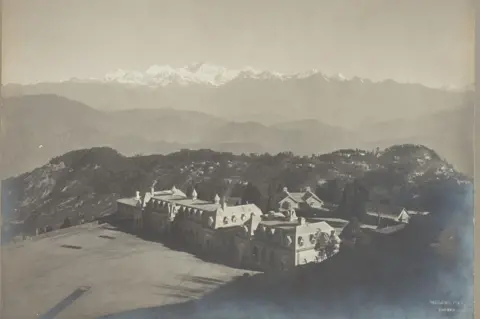 Day
DayThe Himalayan Himalayan journey began in 1899 when the British Explorer joined Douglas Freshfield on a journey around Kanjenjunga.
Any circular of the mountain covers an intrusion in Nepal, which was also a closed kingdom.
Although the team’s climbing aspirations were thwarted due to the incessant rain, he took advantage of the chance to capture the snow-up peaks. He performed restless testing with technology and tried Kanjenjunga’s telephoto images. His pictures took the audience to the untouched world of time.
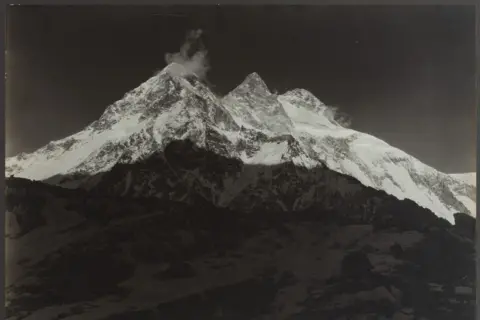 Day
Day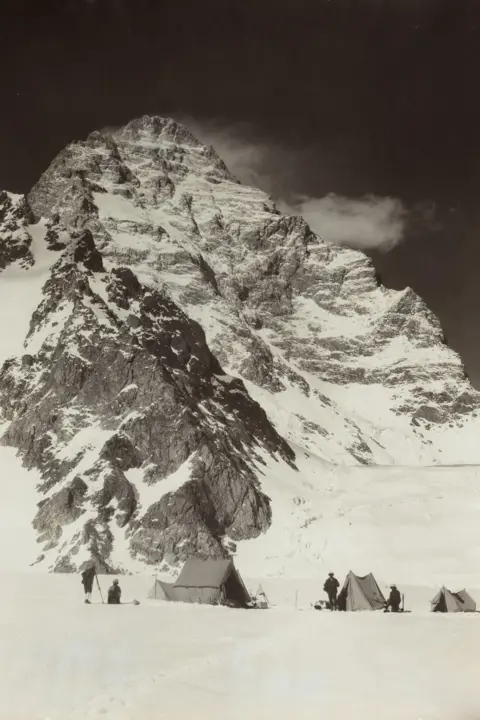 Day
Day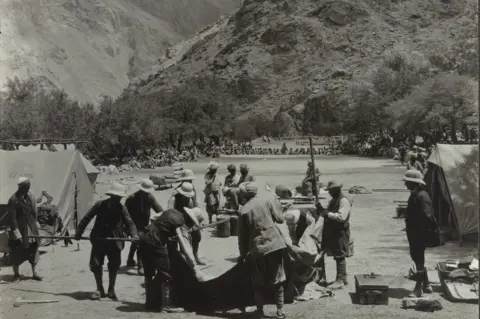 Day
DayA decade later, Chella reached new heights – in fact and artifact – the Duke of the Aprusi for K2 in 1909.
His photos of the world’s most difficult mountain stand as a testament to his talent and setback. Carrying a camera weighing approximately 30 kg and creating images that define the hill photo of Chella Chriscrass.
Q2: The Story of the Savage Mountain’s editor Jim Curran, the “the largest mountain photographer, may be” the largest mountain photographer … his name (technology) is called the technology and aesthetic refinement. “
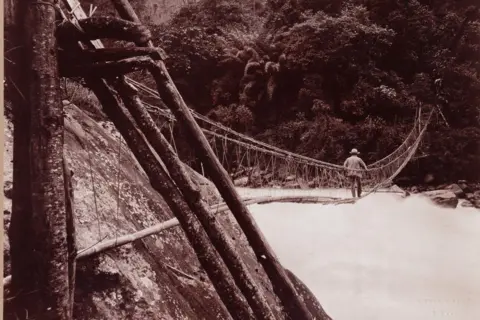 Day
Day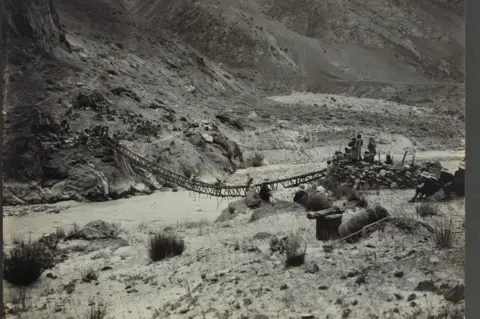 Day
DayChella, who is known for his extraordinary hardness, has passed the Alps at a significant pace despite carrying a heavy photo gear.
Her temporary camera harness and boots – three times heavy than modern – are preserved in a photo company in Pilalla.
Her dress was only 10 kg, while his camera equipment, including the Dalmeer camera, tripod and plates, added 30 kg – more than today’s air luggage limits.
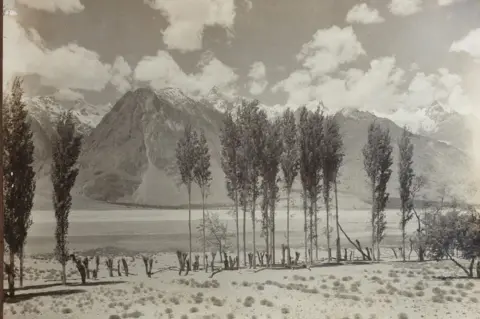 Day
Day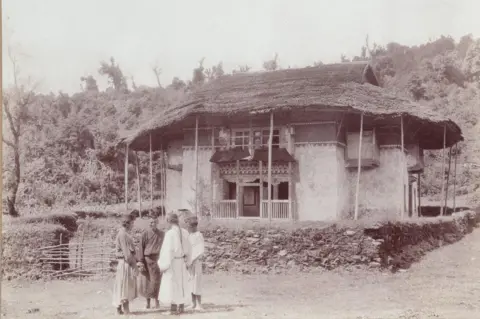 Day
DayOn the journey of Q2, Sella seized about 250 formal photos with his Rose & Co camera for over four to five months; In Kanjenjunga, about 200, Thompson mentions.
“According to modern digital standards, this number is not uncommon – and even in the last days of the analog film, it is equal to about eight rolls, and the photographer in the 1970s could have used the same morning on the same morning – but it was a significant number.
“It was a great concern and thought for each photo because he had a relatively few plates he could shoot.”
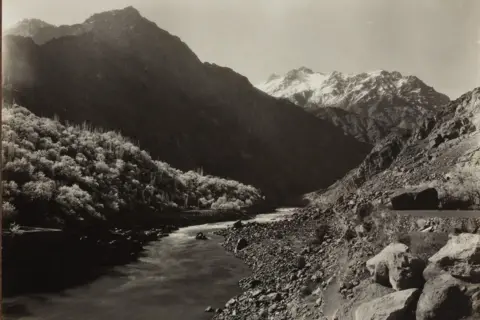 Day
Day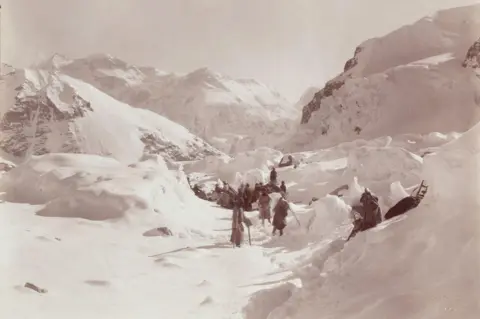 Day
DayAfter many years, the famous mountaineer-fotographer Ansel Adams will write that “the purity of the cleansing of Selva’s interpretation will move to a religious awe.”
The high -altitude photography came with risks – the most ambitious scenes of Chella’s ambitious scenes were ruined when the humid conditions were sticking to the negatives of tissue classes.
Thompson notes that the survivors express a better eye.
“The first person who identifies the fact that the tracks in the snow are a part of this combination, just like the mountaineers who created them.”
Follow BBC News India InstagramOvarian YouTube, Twitter And Facebook.













